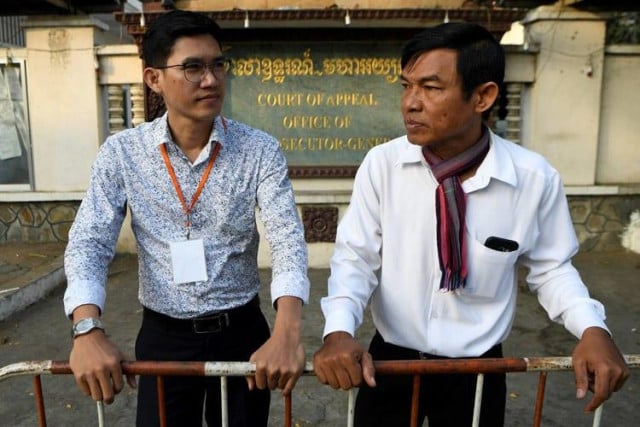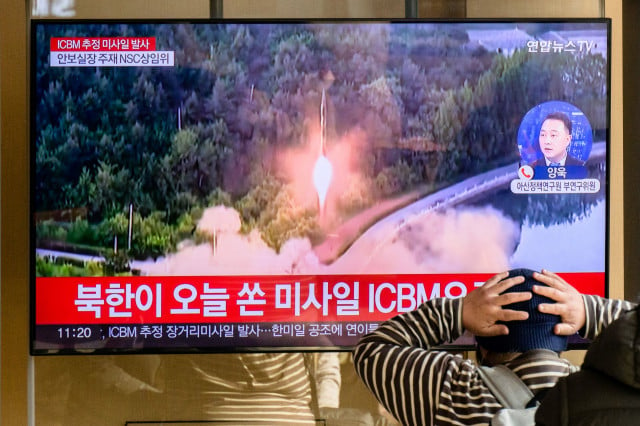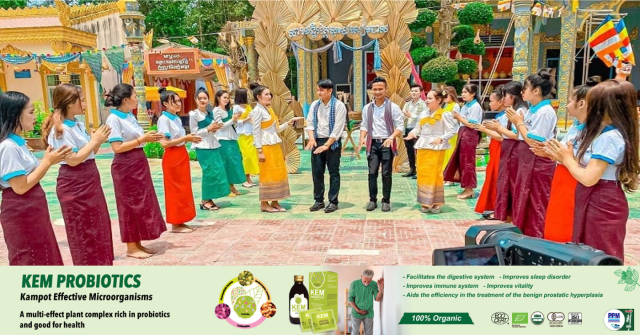COVID-19 Vaccine: How to Report on It

- Sonny Inbaraj Krishnan and Irene Scott
- May 30, 2020 8:21 AM
Scientists around the world are racing to find a vaccine for the new coronavirus that at the time of writing has killed around 350,000 people globally, and the number keeps growing. A safe, effective and affordable vaccine is a key step in ending the pandemic.
As with many elements of this crisis, it is important for journalists to understand the issue so that they can present it in a way their audience understands. So much scientific uncertainty poses challenges to journalists on reporting things fairly, accurately, and comprehensively.
The debate surrounding the COVID-19 vaccine is a key source of rumours on social media in the region. Posts range from concerns about the potential availability of a vaccine for poorer nations to conspiracy theories and worst-case scenarios of what might happen if a vaccine is not produced fast enough.
There is a new approach being used to find a vaccine for COVID-19 that is unlike the conventional methods. Researchers are looking at mRNA vaccine technology which was only developed a few years ago by scientists studying cancer. Ribonucleic acid (RNA) vaccines are faster to produce than standard vaccines, cheaper, and some argue they may be safer.
But there still are a lot of unknowns about mRNA vaccines.
Using a new vaccine which has been developed without human testing poses potential serious risks. It’s also possible that an untested vaccine could even accelerate or enhance the effects of the virus instead of blocking them.
Some experimental vaccine designs, using technology similar to mRNA vaccines have been researched to fight two other coronaviruses – the Middle East Respiratory Syndrome (MERS) and Severe Acute Respiratory Syndrome (SARS). In these trials, the vaccine made disease symptoms worse in laboratory animals. So there is a lot of concern around this technology and whether it could also exacerbate the symptoms in humans.
The rapid approval process by vaccine regulators to introduce mRNA vaccine candidates into human trials could pose ethical questions related to consent, privacy and the protection of vulnerable people in the testing, especially where payments from big pharmaceutical companies may be involved. This could undermine public trust in clinical research.
It is important for us to learn from the past when it comes to vaccines and journalists have an important role to play to make sure decisions are being based on genuine scientific evidence, not political or industry pressure.
In 1955, the inactivated polio vaccine developed by Dr Jonas Salk was declared “safe, potent and effective” following a clinical trial which was the biggest public health experiment in American history and involved more than a million schoolchildren.
Inactivated vaccines contain pathogen particles (usually viruses) that have been grown in laboratories. The pathogen is inactivated using formaldehyde or by other means. This destroys the pathogen’s ability to replicate or reproduce but keeps it intact so that the immune system still recognizes it and develops antibodies to fight the virus.
The Journal of the American Medical Association (JAMA) reported that five pharmaceutical companies were given Dr Salk’s formula and left to produce the vaccine without significant oversight.
“As speed took precedence over caution, serious mistakes went unreported. One company, Cutter Laboratories, distributed a vaccine so contaminated with live poliovirus that 70,000 children who received that vaccine developed muscle weakness, 164 were permanently paralyzed, and 10 died,” JAMA reported.
So how can journalists report on COVID-19 vaccines in this unprecedented complex public health emergency, to ensure scientific principles and ethical research values are not compromised?
Internews has developed the following guidelines for reporters reporting on COVID-19 vaccines:
● Explain clearly what is known and what is still unknown about vaccines. Don’t draw conclusions of your own for a catchier headline.
● Don’t base your reporting on press statements from vaccine developers. Ask to read the full research, consult with impartial experts not involved in the study.
● Keep up to date with the latest information. Trials are moving quickly – check the progress of the vaccine clinical trials at the database at clinicaltrials.gov developed by the US National Library of Medicine.
● Explain the vaccine production process and give real-world examples that your audience can relate to. For example, the flu vaccine or other common vaccines in your context.
● Ensure your reporting responds to the questions and concerns your audience has. Develop and support channels that allow them to easily ask more questions. This should be an ongoing cycle of listening, responding and listening again.
● Explain that strong health systems, adequate testing capacity, and an effective, universally available vaccine will be key to protecting societies from COVID-19. In the interest of public-service journalism, journalists must pressure health authorities to ensure that conditions for global, equitable, and affordable access to COVID-19 vaccines be built into any vaccine-development program from the start.
● Advocate for poorer countries to be included in immunizations. There are already signs of “vaccine nationalism” where developed countries are providing support to big pharmaceutical companies and research institutions in exchange for preferential treatment to their own citizens. This will disadvantage people in low-income countries.
● Showcase and humanize the work of virologists, epidemiologists, vaccine makers, geneticists, and other researchers. Science and medical innovation, especially in vaccine development, thrives and progresses when researchers exchange and share knowledge openly, enabling them to build upon one another’s successes and failures.
Sonny Inbaraj Krishnan is Internews Regional Humanitarian Advisor COVID-19 and Irene Scott is Director in Internews CONNECT: COVID-19 project. Internews CONNECT COVID-19 works with a network of partners in Asia responding to rumours and misinformation in the global ‘info-demic’.















